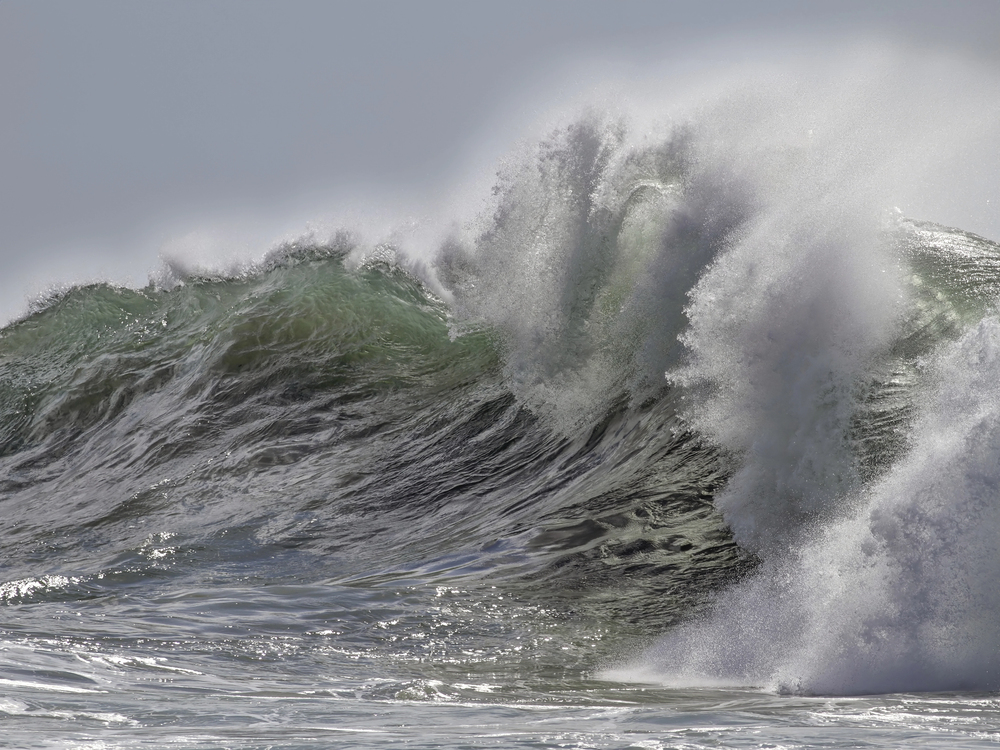
Fifteen percent. The likelihood of a magnitude-8.0 or greater earthquake striking the Cascadia Subduction Zone in 50 years and with it, potential for a mega-tsunami that could level coastal cities within minutes. It is not some wacky, science-fiction end-of-the-world scenario. It is an actual, science-based threat that grows larger each year, scientists contend.
The Cascadia Subduction Zone, that dread fault line north of California to Vancouver Island, has lain silent for over 300 years. History’s taught us not to confuse quiet with tranquility. When it finally stirs, the devastation will be immediate and primal: five minutes of unrelenting convulsions, 300-meter-high waves, and, warned by these new arts, irretrievable settling of the coast that will drown dozens of towns for decades, centuries even.
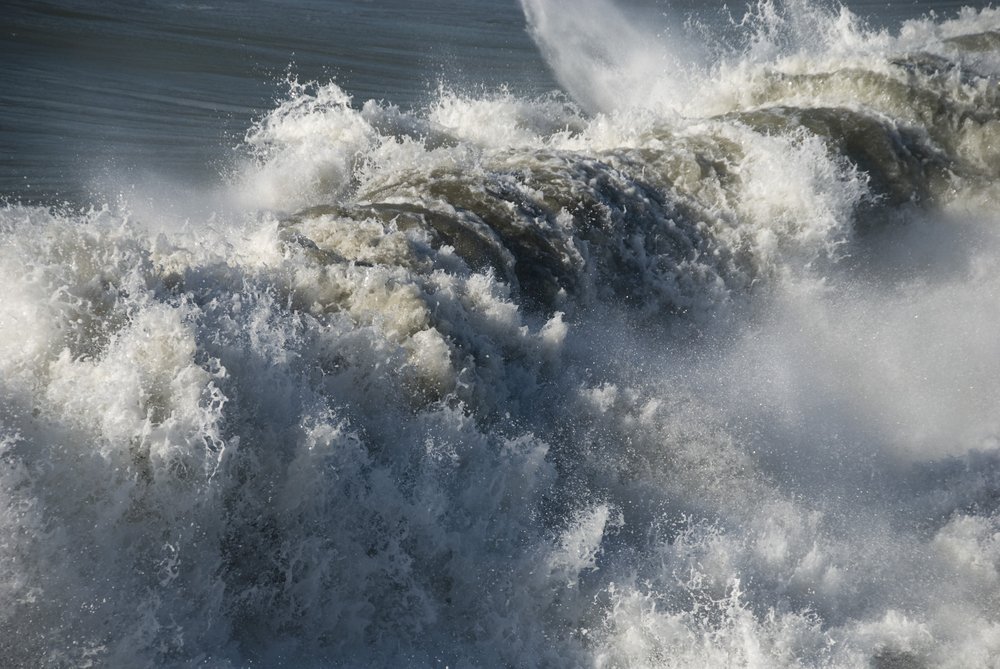
For the citizens of the West Coast, its planners, and Pacific lovers, an awareness of this threat is not theoretical it’s a matter of life and death. The next seven must-know facts on the most current research reveal the scale, multi-faceted impact, and lasting ramifications of a Cascadia mega-tsunami, and preparation.
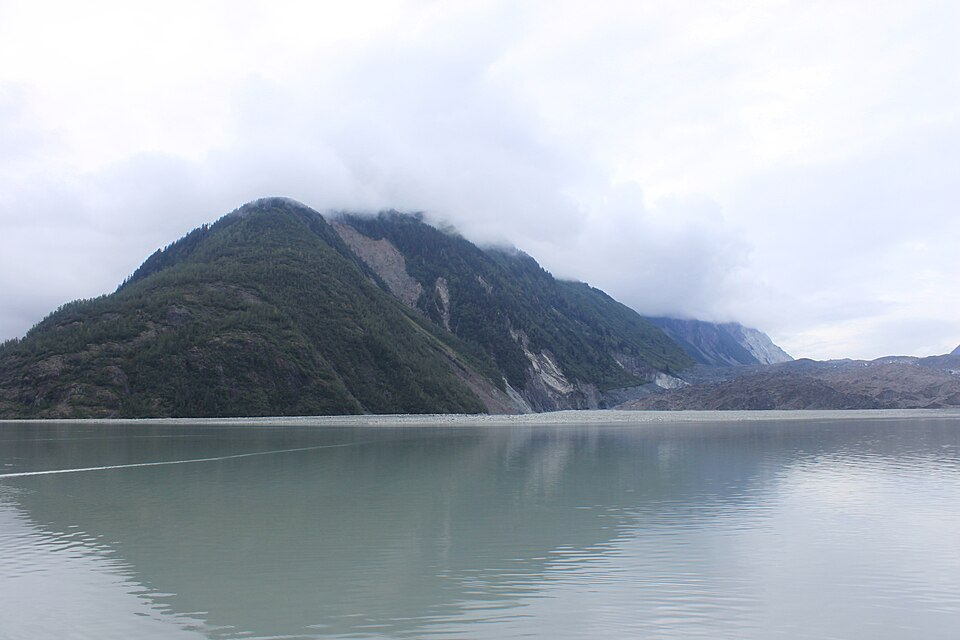
1. The Fault That Could Rewrite the West Coast
The Cascadia Subduction Zone is not an ordinary fault. It is a 1,100-kilometer tectonic plate boundary under which the Juan de Fuca, Gorda, and Explorer plates are being subducted beneath the North American plate. Geological history has shown it to have produced magnitude-9 earthquakes in the past, last in 1700. That one produced tsunami waves that traveled all the way to Japan.
About a 15% probability exists, according to the U.S. National Seismic Hazard Model, of a magnitude-8.0 or greater rupture within the next half-century. This earthquake could produce a mega-tsunami that would devastate portions of Oregon, Washington, and northern California in minutes, with Alaska and Hawaii at risk from seismic and volcanic sources as well.
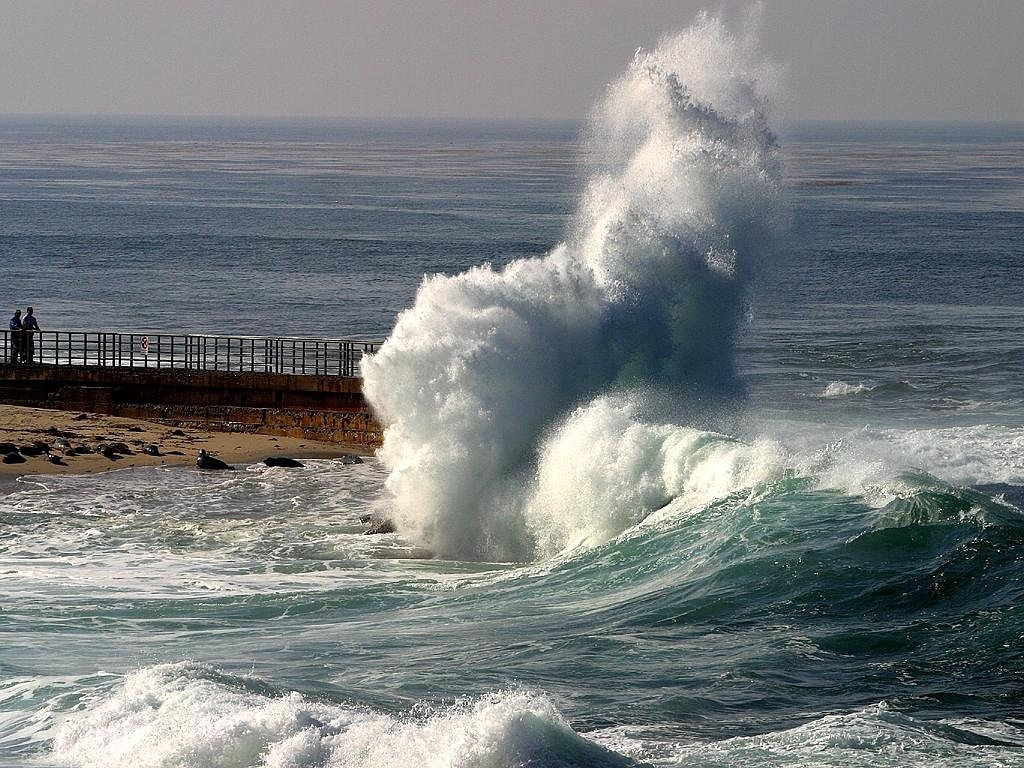
2. Waves That Leave No Time to Run
In contrast to tsunamis several hundred miles offshore, which offer hours’ notice, a Cascadia earthquake would leave coastal residents with only minutes. Because the fault is onshore, early waves may arrive on land before news of official warning has had a chance to make it across the region.
Experts assert that the near-field risk demands hyper-local preparedness: evacuation routes with definitive markings, vertical evacuation towers in low-lying zones, and public drills with consideration for the reality that roads are made impassable after an earthquake.
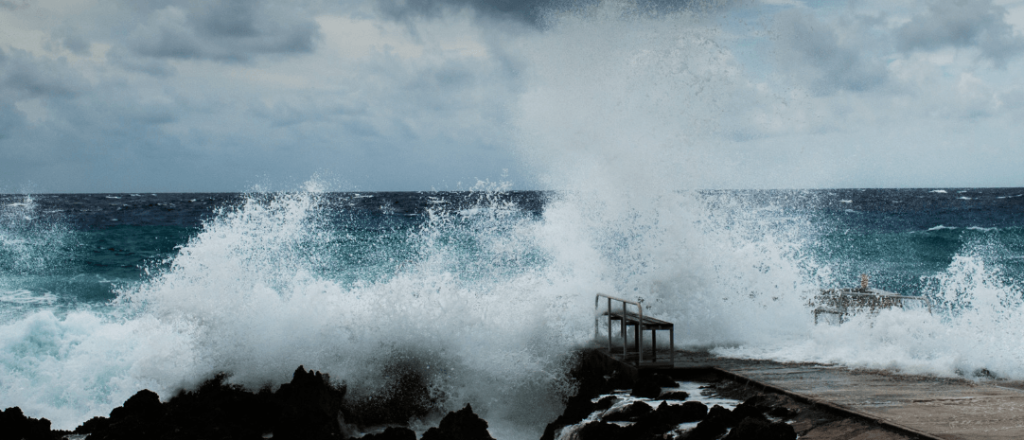
3. The Hidden Danger: Submergence of Land on Permanent Basis
Aside from the immediate destruction, the latest research from Virginia Tech’s Tina Dura promises a lesser-known but equally disastrous secondary effect: immediate coastal subsidence. “The construction of coastal floodplain after a Cascadia subduction zone earthquake has never been estimated, and the impact on land use could delay recovery times significantly,” Dura told the New York Post.
By the time the earthquake comes, centuries of tectonic uplift will be erased in minutes, dropping shorelines by up to two meters. That displacement can relocate entire neighborhoods ports, schools, and residences into the floodplain overnight, exposing them to regular tidal flooding long after the tsunami itself has passed.
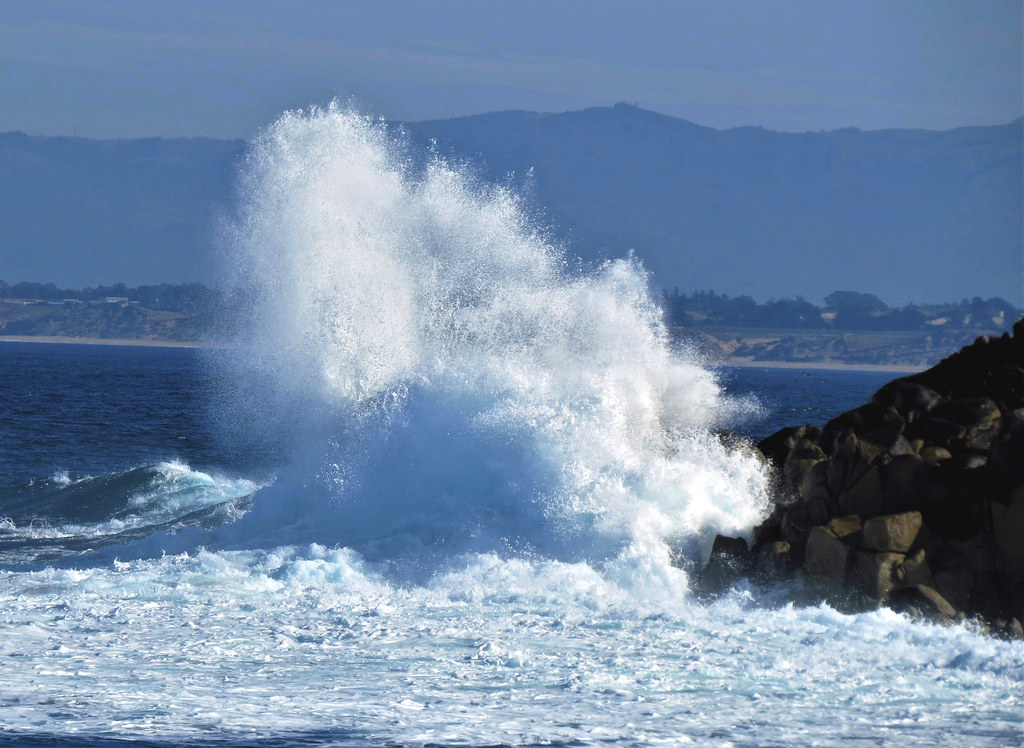
4. Climate Change Will Make It Worse
The flooding risk following an earthquake will not remain static. Sea level rise due to global warming will be added to the subsidence, transforming episodic nuisance flooding into chronic flooding.
NOAA expects global mean sea levels to increase another 10 to 12 inches by mid-century. Relative sea level at locations like Clayoquot Sound, British Columbia, could increase by 0.7 meters by 2100. Adding in subsidence, it periodically overtops some parts of the coast every few months or monthly without new storms.
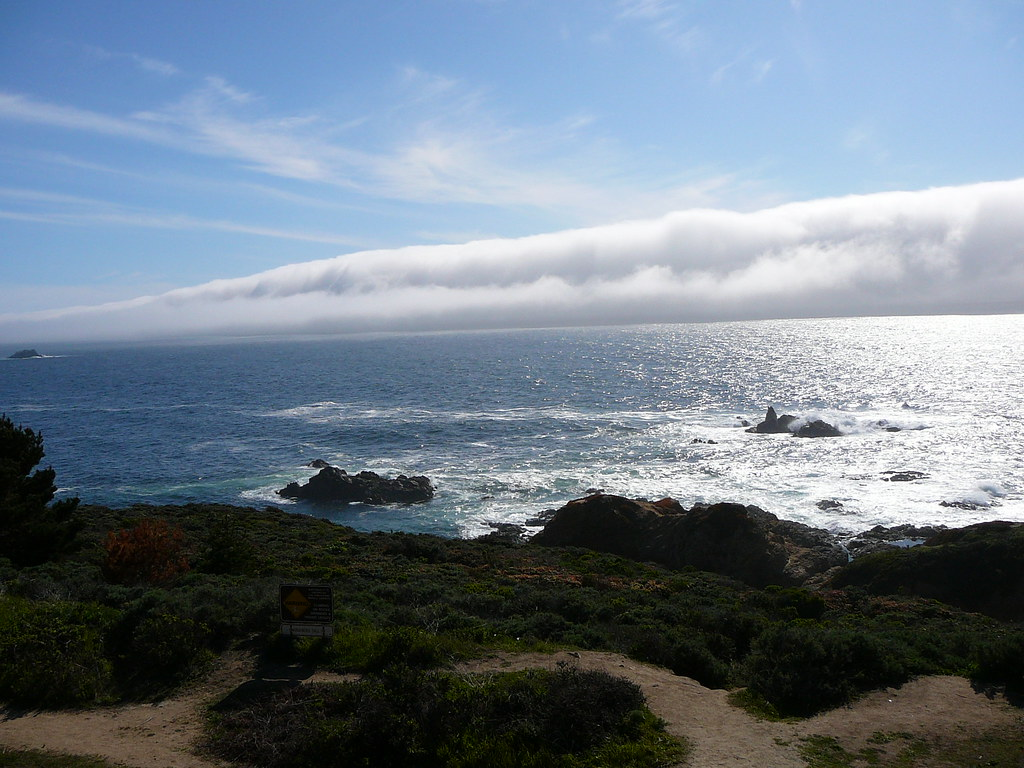
5. Why Probabilistic Models Matter
Existing tsunami planning has typically been founded on worst-case historical events, but now that scientists are using advanced time-dependent probabilistic models that account for evolving risk, they are doing a better job in this case. A recent Tofino, BC, model is just one example of combining thousands of stochastic rupture simulations of earthquakes with high-resolution topography and building inventories.
These models indicate that tsunami risk metrics like average annual loss would rise by approximately 80% by 2100 assuming no large earthquake, demonstrating the necessity to renew hazard estimates from time to time.
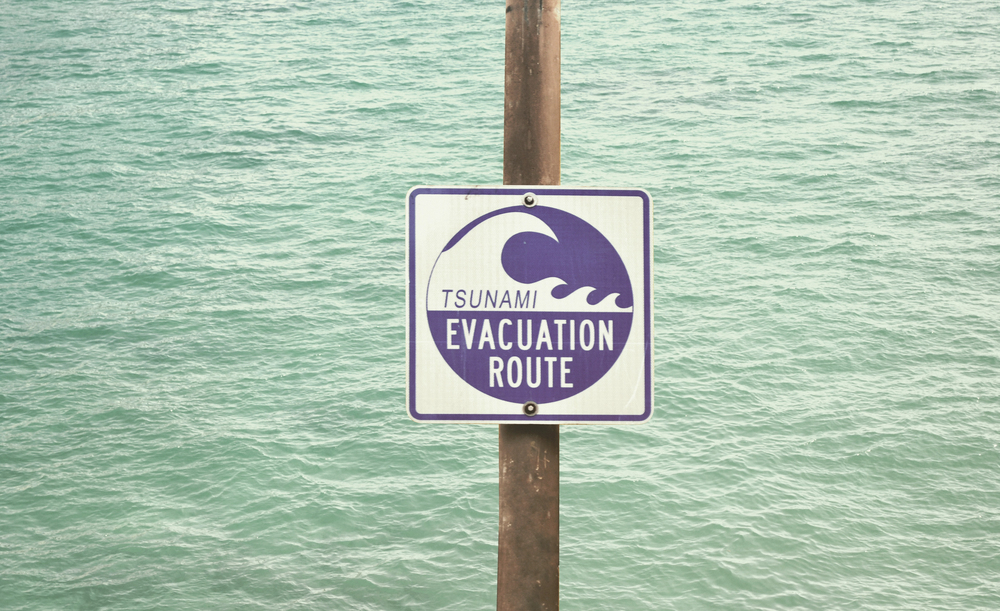
6. Challenges to Infrastructure and Recovery
Physical devastation from a mega-tsunami would be followed by recovery complexity. The 2022 Cascadia simulation is designed to correspond with 14,000 fatalities, over 100,000 injuries, and the destruction of 620,000 buildings, 100 hospitals, and 2,000 schools.
Post-disaster reconstruction studies show that recovery is not just rebuilding structures it’s land use redesign, relocating key facilities beyond danger zones, and addressing displaced people’s social and economic requirements. Without pre-disaster recovery planning, communities suffer uneven, unorganized rebuilding.
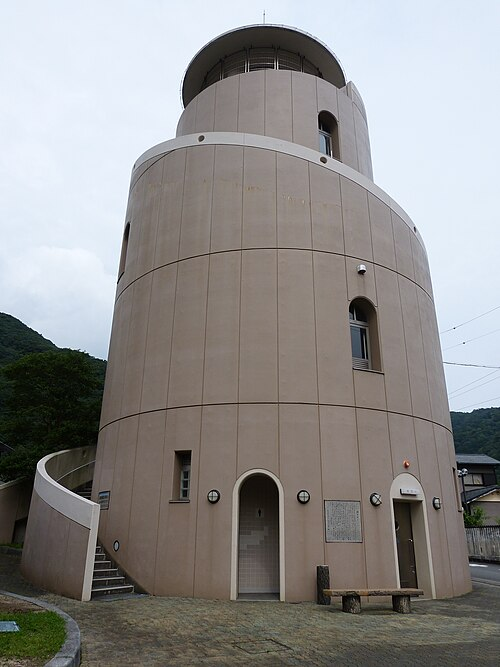
7. Preparing for the Inevitable
Experts are all in agreement that while the Cascadia mega-tsunami is inevitable, its devastation does not have to be. Civilizations can implement towers of vertical evacuation, try to implement tsunami-resistant building codes, and integrate hazard mitigation in all new construction.
There is a significant role for public education here. As Pacific Northwest Seismic Network’s Harold Tobin put it, long-term planning must address solutions to such questions as: “Where are you going to put your school or hospital? Where are you going to put your transportation system?” The choices made today could save thousands of lives tomorrow.
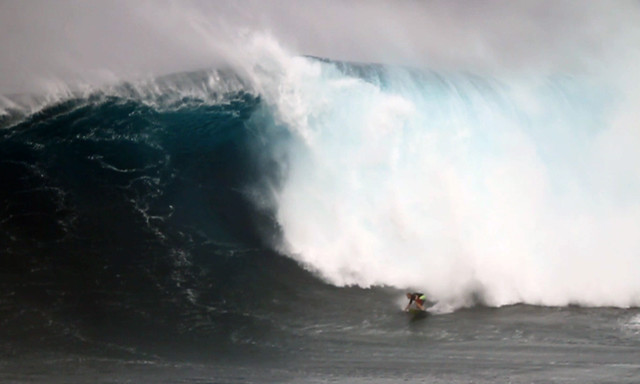
Cascadia Subduction Zone is a sleeping giant whose wake-up call will test the mettle of all coastal communities affected to their limits. Science is foreboding giant waves, receding shores, and decades of rebuilding but the same science gives us a survival manual. With new risk models, near-term and long-term planning for effects, and a commitment to resilient infrastructure, the West Coast can meet this future not in terror, but in readiness.


